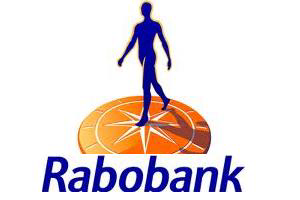Rabobank Q4 report on global poultry sector

Rabobank has published a new research report on the global poultry industry in Q4 2012, examining how high feed prices continue to affect poultry industry margins.
In a new report, Rabobank’s Food & Agribusiness Research and Advisory group says that the global poultry industry continues to face the challenge of high feed costs, which is putting margins under pressure in many parts of the world. Profitability swings are an ongoing problem for the industry, which saw similarly sharp increases in feed costs in 2008 and 2010. In developed countries in particular, the industry lacks adequate power to pass on feed cost increases. Key factors driving this adverse situation are oversupply, government restrictions regarding plant closures, fragmented industries, inflexible supply chains, and pricing models in the value chain.
Commenting on the outlook for the poultry industry, Rabobank analyst Nan-Dirk Mulder said: “The first quarter of 2013 is likely to be challenging as higher feed input costs move through the flocks. Beyond that, returns will depend on industry discipline in keeping production sufficiently moderated to get prices higher and offset increasing costs. Weak global performance is urging industry players to rationalise supply base, and non-strategic vehicles are being divested.”
Mulder continued, “The most challenged poultry industries are currently in the US, the EU, Thailand and South Africa, while companies in Russia and Brazil are performing relatively well. The US has only recently started making supply cuts, and this is also the case for the EU. South Africa is currently flooded with broiler import volumes from the EU, with sharply falling local prices. Thai production expansion in the last two years has been too fast to be in balance with current market demand. This has resulted in large oversupply in the domestic Thai market and declining revenues in concert with increased feed costs.”
The EU is an example of a region that has seen a structural reduction in margins. Recent levels have fallen from historic averages of 6%-7% to 4%-5% and even temporarily lower during some of the spikes in compound feed prices seen this year. The US has even seen negative EBITDA margins in the industry in times of high feed prices but current margins are slightly higher, although below historic levels. Supply reductions have paid off in the US but not yet enough.
The report looks at recent industry activity, including the sale of a Perdue processing plant to Wayne Farms in the US, a merger between Avarama and BR Frango, and JBS’ acquisition of Agroveneto in Brazil. The Rabobank report on the Q4 global poultry industry is available to media upon request.
 Beheer
Beheer




 WP Admin
WP Admin  Bewerk bericht
Bewerk bericht